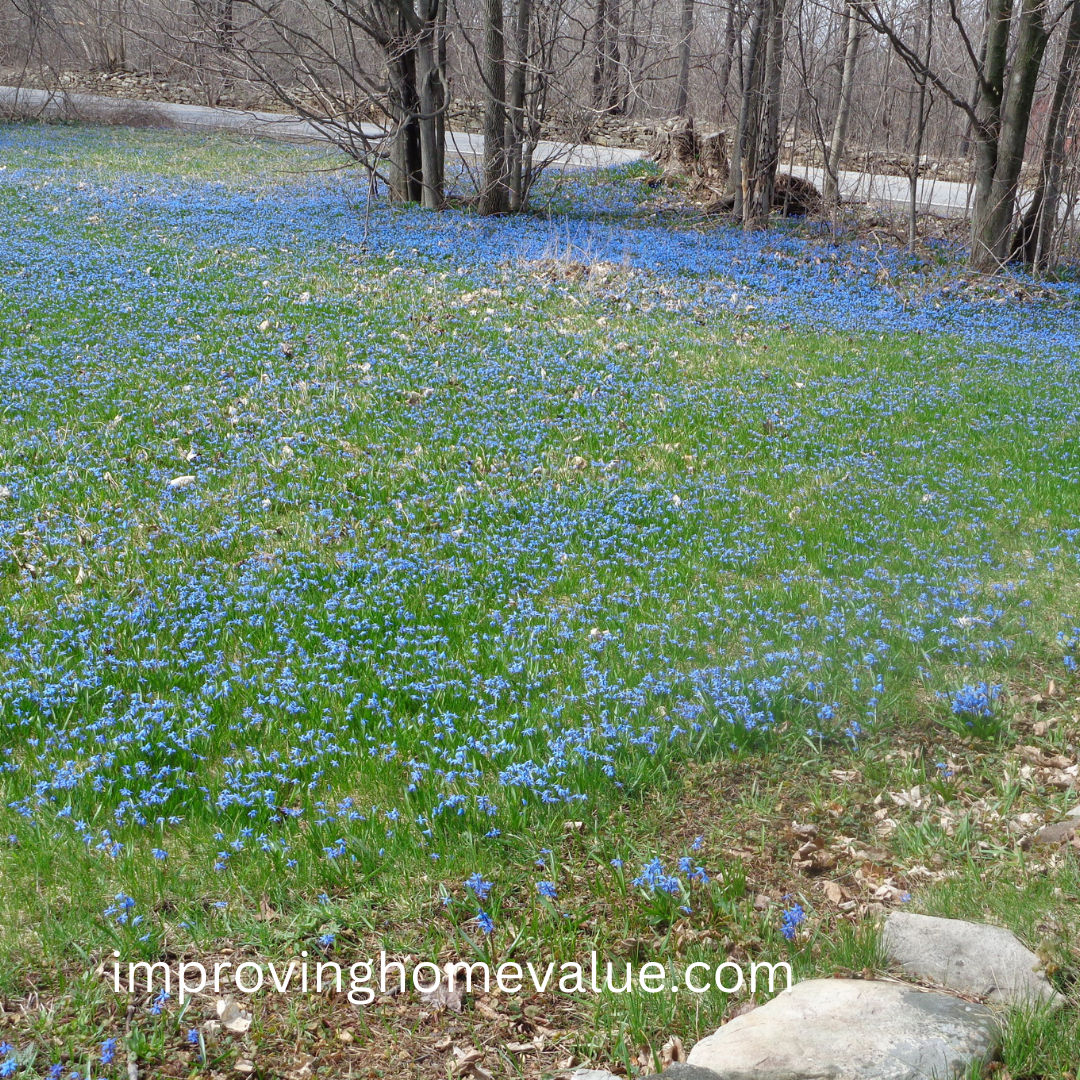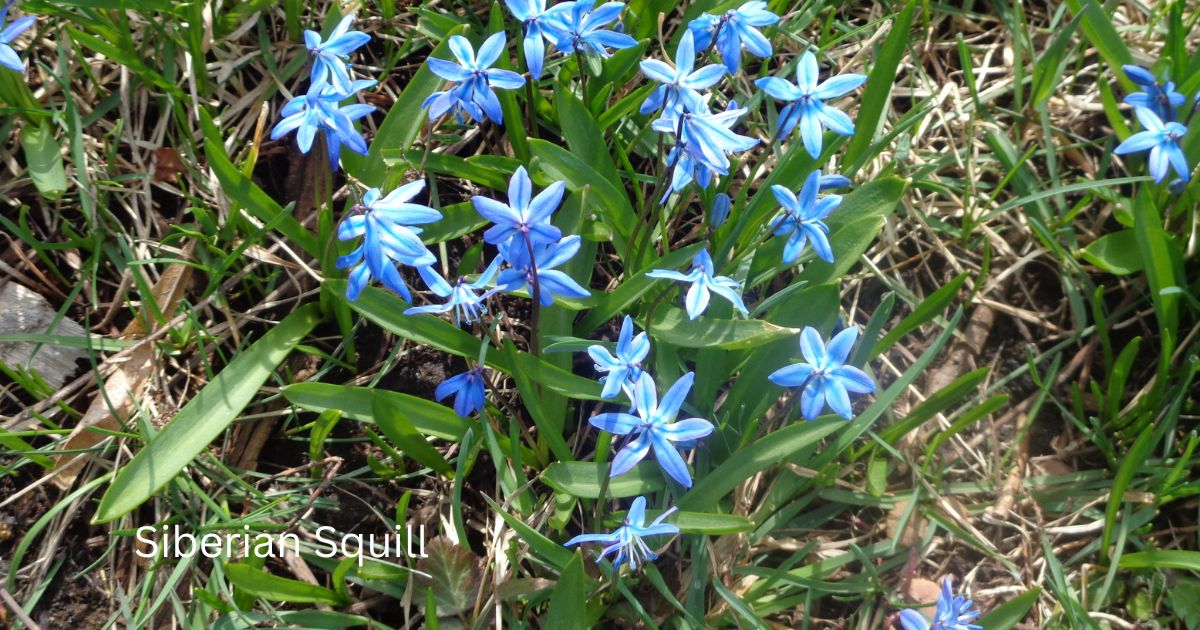Siberian Squill might just be one of the most enchanting flowers you can find, with its vivid blue petals brightening up landscapes in the early spring months. These little beauties are not only easy to fall in love with but also bring a unique touch to gardens, often surprising onlookers with their vibrant charm.
Now, you might be wondering what makes the Siberian Squill stand out. Well, besides its eye-catching color, it’s a hardy perennial. This means once you’ve planted it, you can count on its lovely blooms for years to come, provided you give it the love and care it needs. Even harsh winters can’t take the springtime spotlight away from these blue bulbs!
Talking about variety, you’d be thrilled to know that although known primarily for their blue hues, Siberian Squills sometimes grace gardens with shades of white and even pink, adding some delightful contrast and interest. It’s like having a mini rainbow in your yard, cheering up those cold early days of spring.
Growth Essentials: Sun, Light, and Water for Healthy Blooms
To get the most out of Siberian Squill, giving them the right conditions is key. These flowers absolutely love soaking up the sun, but they’re pretty versatile. They’ll also do well in partial shade, especially if you’re thinking of popping them under some deciduous trees that let the light in when the leaves are gone.
Finding that sweet spot for sunlight can make all the difference. You’re looking at about four to six hours of sunlight a day making them happy. Too much of a good thing in the high noon sun might be a bit much though, so a little shade in the heat of the day can be ideal.
As for watering, Siberian Squill isn’t too fussy. Give them a moderate amount, keeping the soil moist but not waterlogged. Well-drained soil is their best friend – think of it as giving them a nice balance of hydration without drowning their roots.
Now, where’s the best place to plant these guys? Borders of your garden, under trees, or even scattered across your lawn for that natural, meadow-like look. They mix well with other early bloomers like crocuses and tulips, creating a wave of color far before most plants strut their stuff.
Let’s not forget the soil type. Siberian Squill thrives in rich, well-drained soil. If you’ve got clay-based soil, mixing in some organic matter can improve drainage and give these little buddies a solid start.

Managing and Maximizing Your Garden of Siberian Squill
One of the best things about Siberian Squill is their ability to spread with ease throughout your garden, especially appreciated if you love a naturalized look. These flowers multiply through seeds and bulbs, allowing them to cover more ground over time. Be prepared for them to take over certain areas if you let them be. If you prefer a more controlled garden, regular thinning might be on your to-do list.
Pests and diseases are not a huge problem for the surefooted Siberian Squill, making them a low-maintenance addition to any floral display. Of course, keeping an eye out for any surprises is smart, just in case something decides to nibble on your blue blooms.
The medicinal qualities of Siberian Squill are modest but interesting. Some traditional practices have used parts of the plant for cardiac support, though modern usage is not common. It’s always best to consult professionals before considering any non-traditional uses.
Mixing these delightful blues with other plants can create an impressive visual impact. Consider planting alongside snowdrops, daffodils, or even hyacinths to provide contrasting colors and textures. Not only does it help create a fuller look, but you also support biodiversity in your garden. That’s a win-win!
As the Siberian Squill is perennial you will get to enjoy their beauty each spring, with very little maintenance.
